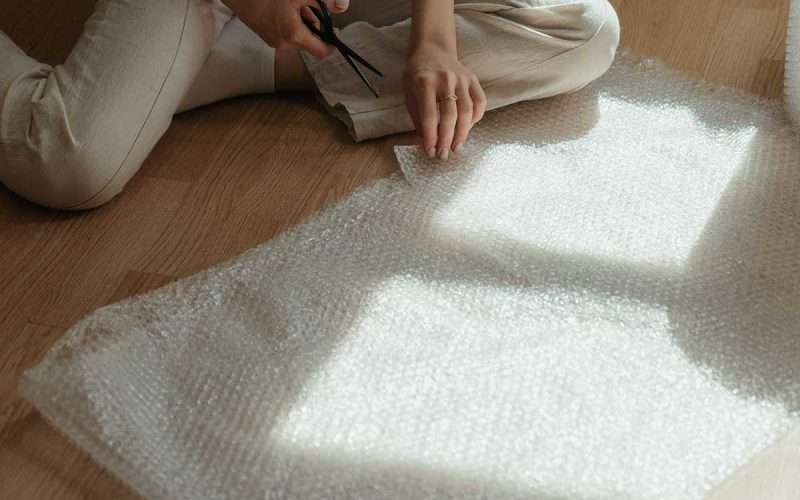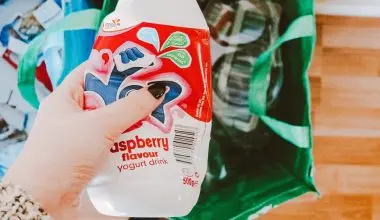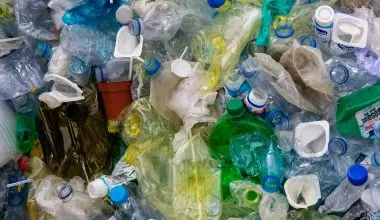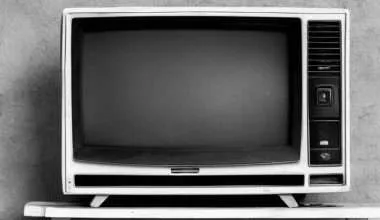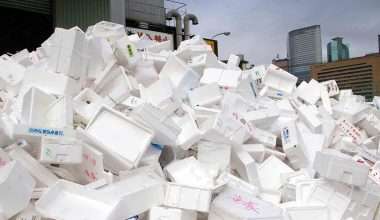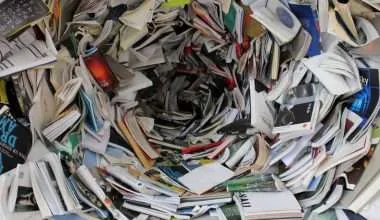Table of Contents Show
Everyone knows that bubble wrap is the king of packaging! It ensures that the fragile product is safely and securely packed in it. You can be sure that it arrives at the destination in one piece. Businesses regard bubble wrap as a holy grail of packaging material.
This is an era of online shopping, which really took off during the lockdown days of Covid-19. Nowadays, businesses are almost universally using bubble wrap for their shipments.
We see numerous boxes around us which are loaded with bubble wrapped products delivered at the doorstep of houses.
However, usage of such a huge number of bubble wrap is not healthy for our environment. It contributes to plastic pollution of our planet which is alarming. Hence, recycling bubble wrap should be prioritized.
So many million tons of bubble wrap waste goes to trash and ends up in landfills. And only a tiny percentage of it is recycled, the rest just adds up to the overall waste of the country.
What is Bubble Wrap?
Appearance wise, bubble wrap looks like a plastic sheet which has sealed air in the form of bubble pockets. As kids, and I am sure now also, people love popping these air bubbles of the bubble wrap. It is found to be very therapeutic as it relieves stress.
Moreover, bubble wrap is a great packaging material that protects the item packed inside it. Most businesses use bubble wrap to pack and transport the delicate and fragile items. This is to ensure that their products are safeguarded and do not break.
Bubble wrap is made up of minute beads of resin with different characteristics. They are then put together to melt and be formed as a thin film. The film then passes through rollers which have small holes in them.
These small holes create the air bubbles in the film and get sealed with the next layer of film. Then it is made into large rolls in order for the consumers to purchase it.
One can always get the bubble wrap made on the desired measurements. Customise it in terms of length, thickness, perforations, size of the bubble, and even colour.
Is Bubble Wrap Recyclable?
Yes, bubble wrap is recyclable. But, one has to take a few steps ahead of just tossing it in the recycling bin. You can not keep it on the curb for pickup and you cannot drop if off at a recycling center also.
Most of the recycling centers have machines that are built to recycle hard plastic like containers, water or soda bottles, shampoo bottles, etc. These hard plastic bottles are made with polyethylene terephthalate (PET) of a high-density polythene (HDPE).
On the other hand, bubble wrap is made up of low-density polyethylene (LDPE). Plastic films, plastic bags, and wraps come under LDPE.
Recycling bubble wrap is of a little hassle as they need special attention. Bubble wrap is a material that can clog the machines in a recycling center which will cause a bigger problem.
Clogged machines will stop working and it will cost to get them repaired. Plus, the other recycling processes will be put on hold.
However, here’s a company that’s done an amazing job at it!
How is Bubble Wrap Recycled?
As previously mentioned, bubble wrap is not easy to recycle which is why people prefer to dump it.
The process is not hard, it is just that you have to do a little more than just dropping it off at a recycling center. Or dumping it in a recycling bin.
The recycling process consists of a number of steps.
The very first step is to ensure that all the air bubbles are popped from the plastic sheet. This step has to be done in all kinds of air-filled plastic sheets/films when recycling them.
Second is to find a recycling center that accepts bubble wrap waste and has the equipment of recycling it. Not all recycling centers do bubble wrap recycling. If the municipal recycling program is not allowing you, then there are other options as well.
Look for other recycling programs, or your local supermarkets, pharmacies, etc; that accept bubble wrap waste for recycling. An easier way is to go to ‘Plastic Film Recycling’ website and you can conveniently find a location near you!
At a bubble wrap recycling center, the machine breaks down the bubble wrap sheets into tiny pieces. These tiny pieces are then turn into pellets.
Now these recycled pellets can be used in the making of a variety of plastic products such as furniture, or any other construction item.
Eco-Friendly Alternatives to Bubble Wrap
1. Biodegradable Peanuts
Biodegradable peanuts are a perfect alternate to bubble wrap in terms of packaging. They are made up of natural and non-toxic contents of corn starch and wheat. To act as a packaging material, the nutritional value is removed from the starch items so that they are in non food safe condition.
Apart from biodegradable peanuts, there are also styrofoam peanuts which were widely used before these were introduced.
The biodegradable packing peanuts have the same use that bubble wrap has. They are used in order to fill the empty space in a box or a container. But, these are better as they are a sustainable option. These peanuts have the ability to be dissolved in water and can even be disposed of in compost piles after use.
They have a lesser negative impact on the environment than the conventional bubble wrap.
2. Corrugated Bubble
Another alternate is Corrugated Bubbles. They are eco-friendly and do the job well when it comes to filling the empty space. Nowadays, people prefer green options in lieu of protecting the environment.
The corrugated bubbles’ distinctive quality is that it comprises of 100% recycled cardboard. That is purely made from post-consumer and post-industrial waste. You can buy a corrugated bubble as per your desired specifications.
Plus, the best part is that corrugated bubble is 100% recyclable and is naturally biodegradable.
3. Kraft Paper Roll
The Indented Kraft paper rolls give great cushioning to your products. You can conveniently use them as a substitute for bubble wrap and protect your products from any damage during their transport.
Also, the indented Kraft paper is made purely from post-consumer and post-industrial content. It is recyclable and is naturally biodegradable. Moreover, the weight of the paper is fine and thick. It is durable and the indentations make the paper flexible through moulding it around the product smoothly.
Drawbacks of Not Recycling Bubble Wrap
1. Bubble Wrap is Toxic
Bubble wrap seems a fun packaging material and as a stress reliever, is soothing for many people. But, the truth is that bubble wrap is toxic for the environment. This is because bubble wrap was made with a plastic polymer until 2008, which is very toxic to the environment.
Because it is a cheap packaging material which is readily available, many businesses still prefer to use it.
However, there are eco-friendly options available now which the businesses should consider. For example, Kudos is a brand that has invested in an eco-friendly Hexcel Wrap system. In this system, recycled paper is used for sustainable cushioning and it biodegrades easily too.
2. Clogged Landfills
Clogged and over flowing landfills are also a result of bubble wrap yard waste. Mainly, bubblewrap takes a lot of room in a landfill. Moreover, it takes hundreds of years for bubble wrap to degrade. Landfills need to have a good amount of bacteria and fungi in order to break down the bubble wrap sheets completely.
If we try to become more eco-friendly and sustainable through using organic cushioning for packaging, we could play a little part in protecting our environment. The organic cushioning would eventually end up in landfill too, but it will not create any barrier. Instead, it will speed up the process!
3. Storage Issues
One of the biggest problems of bubble wrap is its storage. Neither is it practical nor ecological. This is because most of the content of a bubble wrap is air and businesses pay a huge sum of money in order to fill the packaging shelves with this air.
This is not good for the environment as it causes increase in emissions as the transportation cost is added to it. The emissions cause an increase in the carbon footprint.
The more environmental friendly options are lightweight and are easy to store. Such as the Hexcel cushioning which is a flat sheet that pops open in a comfortable wrap when required.
4. Hazardous Material
The flammable temperature of the bubble wrap polymer is around 500 degrees celsius, which is a very safe level. But, because there are hundreds of bubbles present there which contain pressurized oxygen, there is risk of a disaster. And if the fire occurs, bubble wrap will accelerate it through adding bursts of oxygen to fuel the inferno.
Furthermore, trapped oxygen is potentially very hazardous. When we know something is risky and hazardous, we should try to avoid it.
